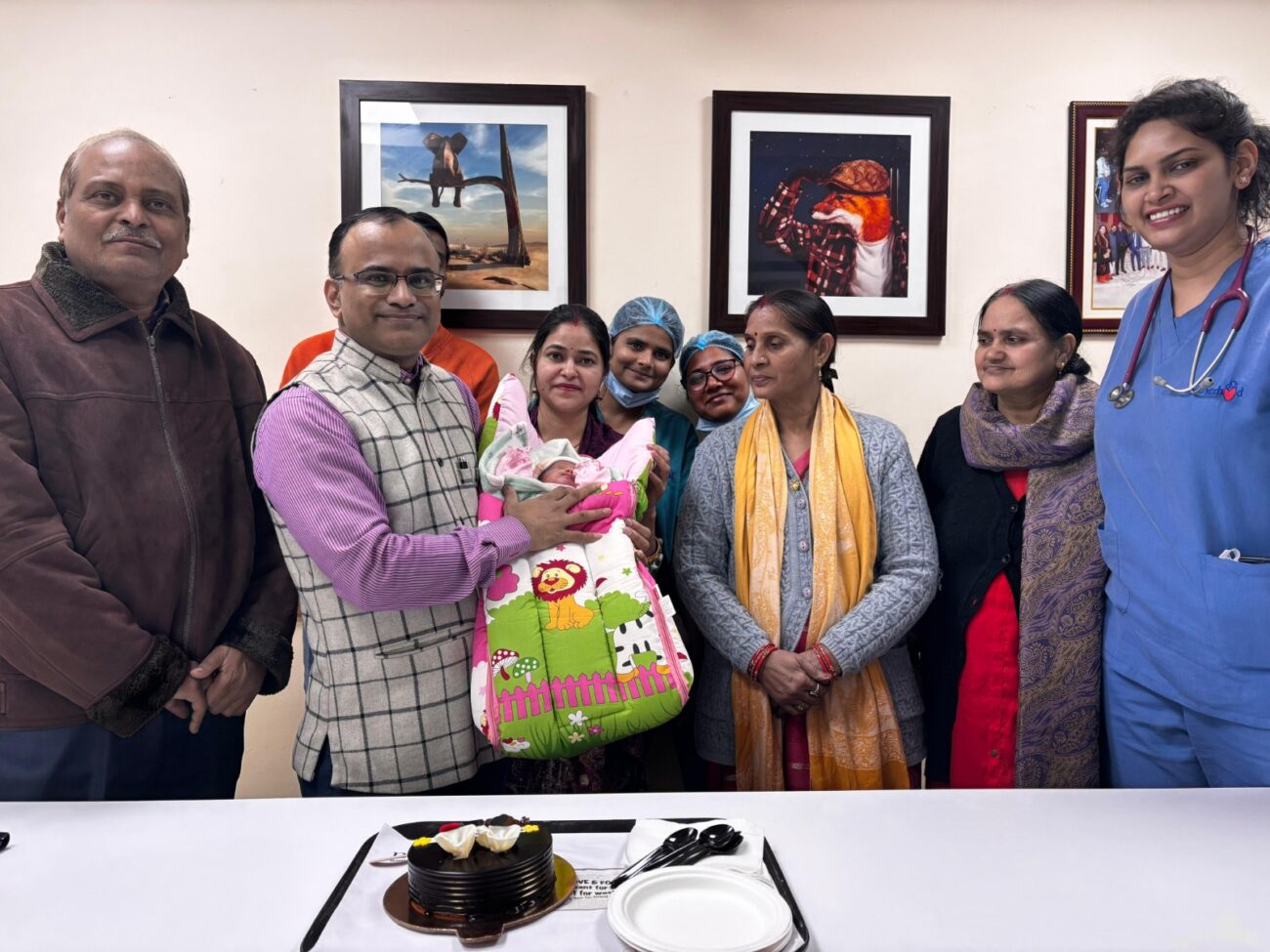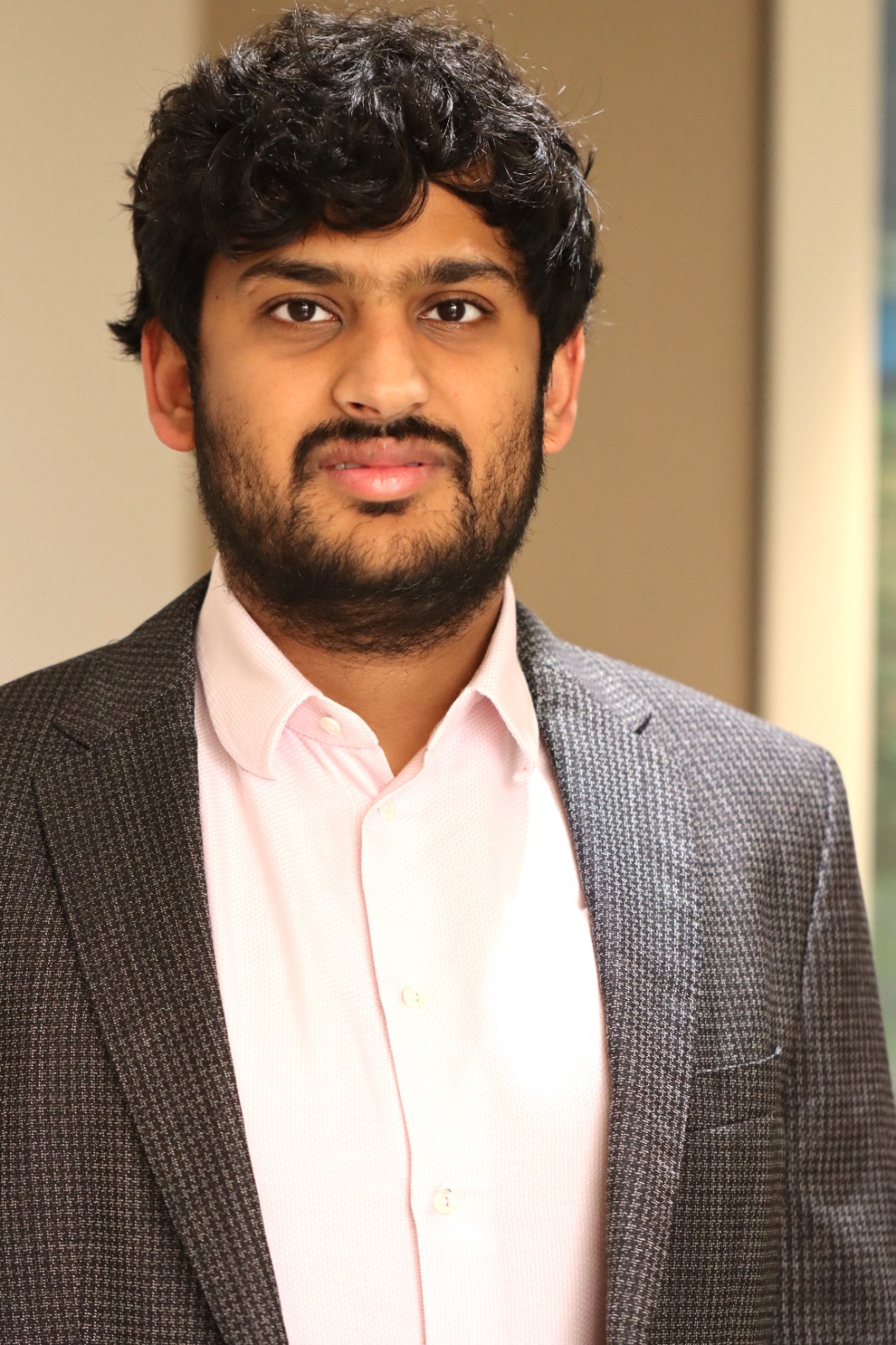International Harmonising of the Standards and Specifications will Boost the Medical devices Industry in India said Dr. P.B.N. Prasad, Joint Drugs Controller General of India, CDSCO
Health and Pharmaceutical Manufacturing & Medical Devices Committee, PHDCCI in association with Department of Pharmaceuticals, Ministry of Chemicals & Fertilizers, Govt. of India organized the third series of Self Sufficiency in Medical Technology on “India

Health and Pharmaceutical Manufacturing & Medical Devices Committee, PHDCCI in association with Department of Pharmaceuticals, Ministry of Chemicals & Fertilizers, Govt. of India organized the third series of Self Sufficiency in Medical Technology on “India to be an attractive destination for MedTech” on 5th February 2021
The Guest of Honour of the session was Dr. P.B.N. Prasad, Joint Drugs Controller General of India, CDSCO. In his remarks said that the regulator is the last part of the system. In the next decade India should be a medical device hub and to make that possible, the govt is focusing on harmonizing the devices, policy framework, quality management system, harmonizing and creating a conducive system for the manufacturer. He further mentioned that Regulators are also facing several technical challenges now a day, the country is dependent on imports in this sector and there is a need for becoming Aatmanirbhar in this domain by reducing the dependency on imports and facilitating the home manufacturers.
Dr. Prasad also encouraged India to be a medical manufacturing hub including Generics and medical devices both. He further said that India has a large pool of engineers and pharmacists and COVID-19 has made us learn many lessons in this sector.
He said that we need a robust ecosystem, and we have high hopes that all challenges will be overcome within the decade itself. Right now, Regulators, Investors, and manufacturers are all in the learning and evolving process. As necessity is the mother of the invention, the medical device industry will be a great boon for the country in the coming years.
At last Dr. Prasad mentioned that we do have the skilled manpower, and now we need to have innovation in R&D and innovation hub as today it is the necessity to innovate, manufacture and become self-reliant in the medical devices.
The webinar was graced with the presence of Mr. Pradeep Multani, Sr. Vice President, PHDCCI, Dr. N. Subramanian, Chair, Health Committee, PHDCCI & Director, Medical Services, Indraprastha Apollo Hospitals & Mr. Bhargav Kotadia, Co-Chair, Pharmaceutical Manufacturing & Medical Devices Committee, PHDCCI & Managing Director, Sahajanand Medical Technologies Pvt. Ltd.
The other eminent panelists present were Mr. Pavan Choudary, DG & Chairman, MTaI & Managing Director, Vygon India, Mr. Nitin Mahajan, Director, J MItra & Co Pvt Ltd, Mr. Gaurav Agarwal, Managing Director, IITPL and Ms. Akriti Bajaj, Senior Manager / Healthcare Lead at Invest India
While giving the welcome remarks, Mr. Multani said that the healthcare sector in India has rapidly progressed in the last decade. Today, the country is favorably positioned in the medical devices domain for outsourced contract design, development, and manufacturing. The focus on design-to-cost and a robust manufacturing ecosystem make India a suitable destination for the design-led-manufacturing of medical devices.
Mr. Multani also mentioned the five main reasons for India as a fast emerging ideal base for medical equipment manufacturing like the Presence of skilled resources, various Government initiatives like PLI Schemes, Medical technology parks, and support to the MedTech industry, Cost-effective operations, Sensitivity to Intellectual Property right & data security and last one as Robust ecosystem to support production.
Dr. N. Subramanian mentioned that Technology advancement is making healthcare affordable, accessible, and available to a larger population. He further mentioned that the risk of people dying from Non-Communicable diseases is raising and expenditure of more than 30 trillion will be there on treating such diseases if not prevented early. Prevention, Early Diagnosis & Curative treatment are the points to be focused on moving forward. He also mentioned that today we are so much of technology-dependent but technology also comes at a cost. The MedTech industry in India should hold the path of innovation so that its products and solutions are custom-designed for the opportunities and constraints of the country.
Mr. Bhargav Kotadia said that the COVID-19 pandemic has presented a unique opportunity for India to emerge as the new manufacturing hub of the world. With India now taking center stage in the fight against COVID-19, India’s MedTech sector is slated for a global presence which positions India as a global hub for medical devices. Further, post the Union Budget 2021, it is now clear that MedTech will be the next sunshine industry. The last two decades have seen many disruptive technologies in various industries, but the highly regulated market of medical devices was a dampener. Today with more conducive policies announced in the healthcare and MedTech sector, especially sector-specific reforms such as the PLI Scheme, making of Bulk, API, Medical Device parks, and the “Atmanirbhar Bharat” approach by the government, will surely help the sector thrive and be resilient during this pandemic period. This offers the medical device industry the opportunity to leapfrog and make fundamental and sweeping changes that will sustain for years to come, for both domestic and global players, making India a truly attractive destination.
Mr. Pavan Choudary said that our goal should be to capitalize on our strengths, while we build new ones. First, we should try to avoid bringing in policies that could destabilize the trend of rising FDI in MedTech that we are receiving, and channel it towards existing manufacturers, dependable budding manufacturers, and component manufacturers to form Joint Ventures and collaborations. Second, we should also build upon our Healthcare Worker Training capacities with collaborations between global innovators, local companies, and the government. Third, India is the third-largest employer of R&D in MedTech (After US and Germany). The R&D specific investment of INR 1200 crore by Medtronic just last year is another testimony to the fact that we have immense potential in R&D in MedTech, and we should try to tap it.
Mr. Gaurav Agarwal emphasized that India is among the fastest-growing medical devices in the world, and yet we are only under 2% of the global market & heavily import-dependent. We need to do the full to make India an attractive destination for MedTech. Mr. Agarwal also emphasized some points to look after like the need for a Predictable regulatory roadmap, Nominal protective tariff barriers in areas of high import dependence, R&D ecosystem by bringing Academia, funding agencies together in incubators and Phased Manufacturing Program (PMP) by gradually increasing customs duties in finished goods in key areas.
Mr. Nitin Mahajan said that by another 15 years, we would find India to be more affluent and technology will support things for being accessible. Furthermore, technology would aid manufacturing by making production quicker. Technology will be at a cost, however, what India needs is a technology with sustainable costs-hence making in India is a long-term solution and Atmanirbhar is in the right spirit. High-end technology being 90% imported needs to be looked into as this is the biggest need and also the opportunity zone.
Mr. Mahajan further mentioned that COVID-19 has accelerated the need for improvement in both healthcare plus education. The Government in its budget is focusing on both an increase in spend and maximizing the use of digital tech to connect. There is three-axis approach for India Movement; first being manufacturing as in manufacturing, there has to be an entry barrier in the form of import duty else its easy to make in any part of the world (and claim export incentive) and import the same in NIL-duty much to the loss of domestic manufacturer. Normally, each country has its own protection tariff structure in place; second, being approvals for licensing, Testing Labs, Certifications as Medial Device- Does not need Sampling, testing, and approvals, as like Pharma. Also, the limited number of testing labs create delay and loss of opportunity & we should not limit to international CE/US FDA, which most Indian makers do not aim for, and lastly third being the market acceptance as Indian makers, need domestic demand to sustain, else all efforts are in vain.
Ms. Akriti Bajaj, Healthcare and Medical devices lead at Invest India, the national investment promotion agency of India, gave an overview of the medical devices sector, including the factors that could facilitate India’s journey to Atmanirbharta in the Medtech sector, India’s sunrise sector.
Ms. Akriti also mentioned the government’s various initiatives to achieve this goal, such as the launch of Production linked incentives 1.0 and 2.0.
Mr. Bhargav Kotadia gave a formal vote of thanks to the Guest of Honour and all the panelists for sparing their valuable time and sharing their views on this platform. The session was moderated by Mr. Vivek Seigell, Assistant Secretary-General, PHDCCI.






